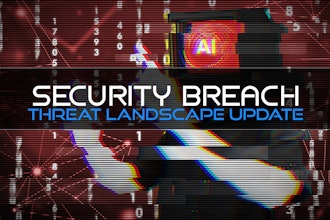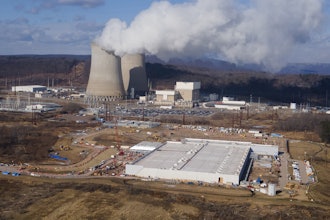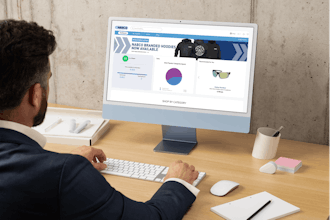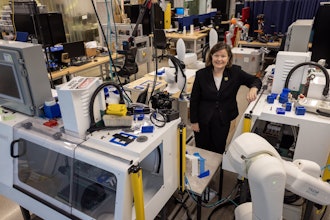Your CEO has decided (or has been persuaded) that enterprise software is "mission critical" for the organization to achieve its "vision" over the next five to ten years. Or it has been determined the decade(s) old software, which has become a burdensome, Frankenstein patchwork, needs to be replaced. Making this decision is the easy part, although deep down in your soul you know there will be much wailing and gnashing of teeth with the expenditure of millions of dollars to purchase, install and debug the software over several years of disruption during implementation. But to some extent, this inevitable aggravation can be mitigated if the tactics of the process deployed in software selection are closely aligned with the overarching corporate strategy driving the decision to implement.
The first step is to define the process - including the tactics - of how you will select the enterprise solution software that best fits the organization's needs as framed by senior management's strategic vision. A team is assembled, including a senior-level executive to direct its activities and keep its focus on those goals. Department managers and IT staff, who must make the software work or suffer the consequences of its failure, are carefully chosen for their knowledge and judgment.
Line authority managers in each operational department must be canvassed and pressed for their input. It is they who will face the day-to-day issues of achieving the organization's goals, whether they be sales and revenue growth, the penetration of new markets with additional products, establishing new channels of distribution, improving productivity or a combination of these. Simply put, they have to live with it.
Input from the IT staff is critical to define and identify the required functionality of the best available enterprise software and the technology infrastructure to support it. Equally important, it is they who will insist the software be expandable and adaptable as the company's needs grow and strategies change. In other words, they must critically assess and establish software parameters to ensure the technology it is built upon can carry the company's strategic and tactical plans forward without quickly becoming obsolete.
Once the various department goals and tactics have been aligned with corporate strategy and software requirements defined, the selection team can move on to the "interrogation" phase: The vetting and evaluation of software suppliers. Product functionality, technology infrastructure, installation and commissioning processes, field support, their vision of the future as expressed through their research and development efforts, customer testimonials - these become the key issues of focus, culminating in a selection decision.
Clearly, the informed selection of enterprise software is a process - one that is unique to each company's needs, its structure, the capabilities and personalities of its people. Regardless of process methodology, however, this is certain: The odds of choosing the correct package will be greatly enhanced if the team's selection process and tactics completely align with the company's strategic goals and objectives. If your process tactics are sound, you will succeed; if not, your worst nightmare will come true.
This blog originally appeared on the FORTE blog. You can view it here: www.forte-industries.com
With more than 25 years of providing leadership and business strategy in technology and supply chain industries, Eric is responsible for the implementation of FORTE's overall technology strategy. Eric applies his technology industry expertise to FORTE's product development group to identify new products, evaluate the business requirements of current applications, as well as provide clear and sustainable road maps for future product development.





